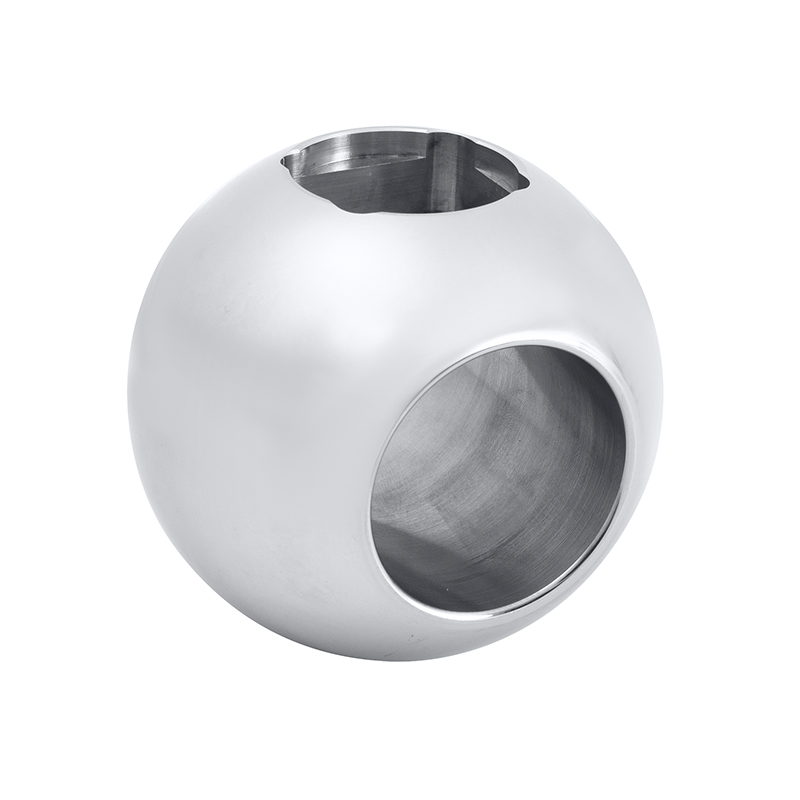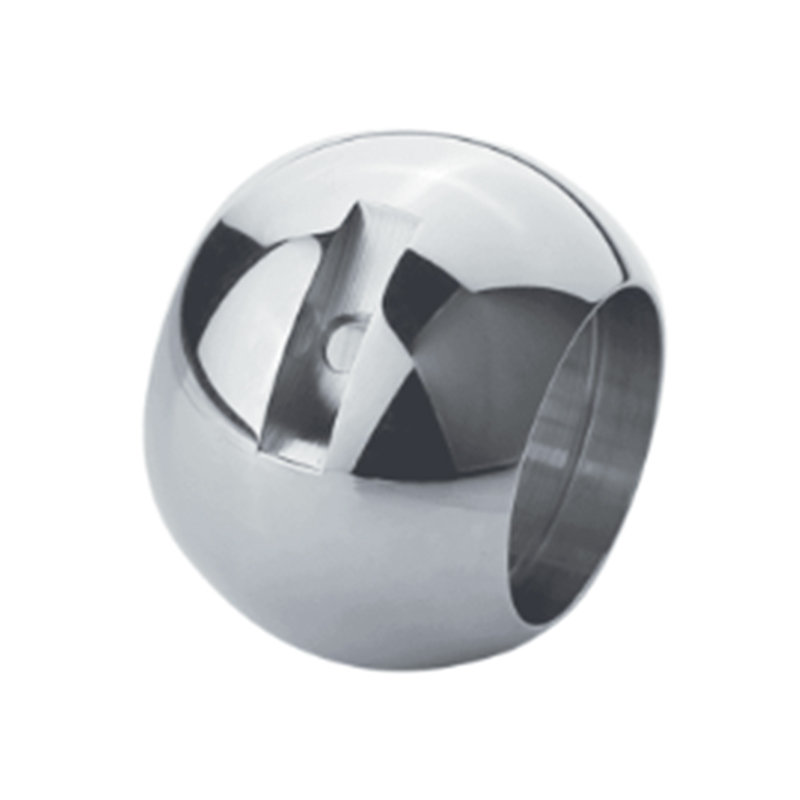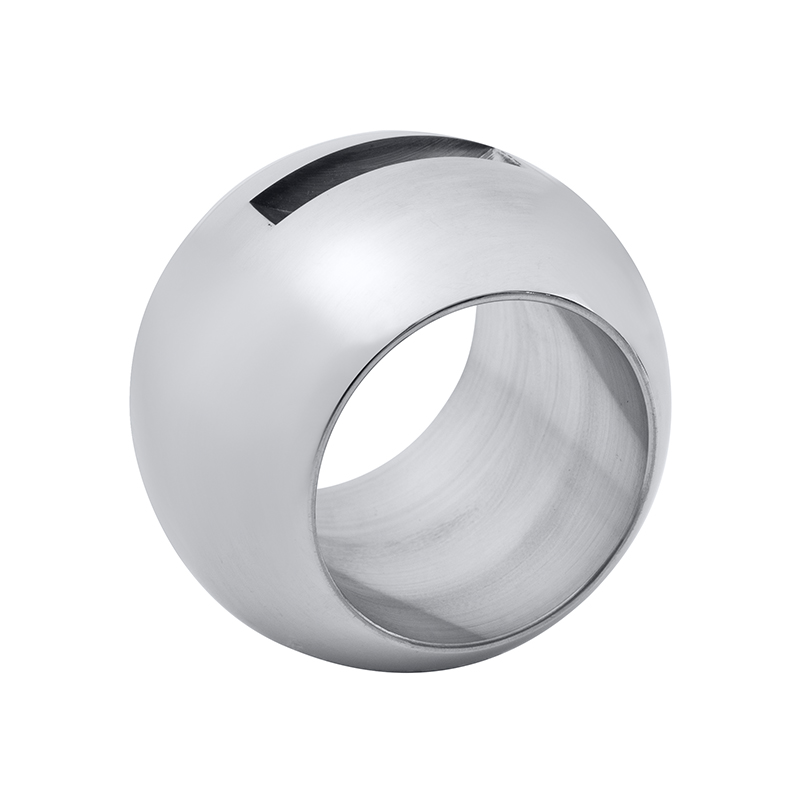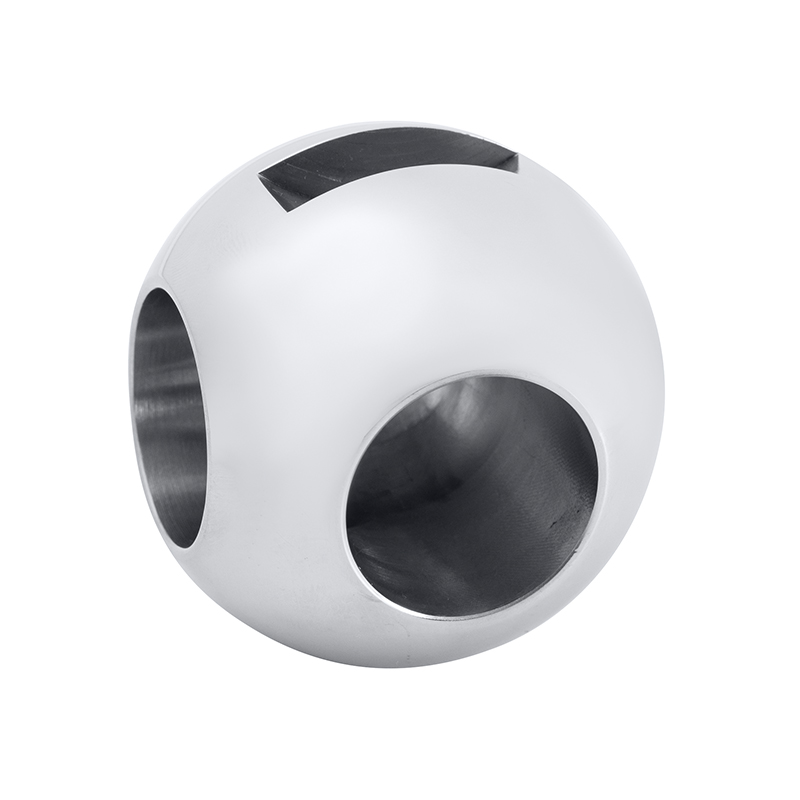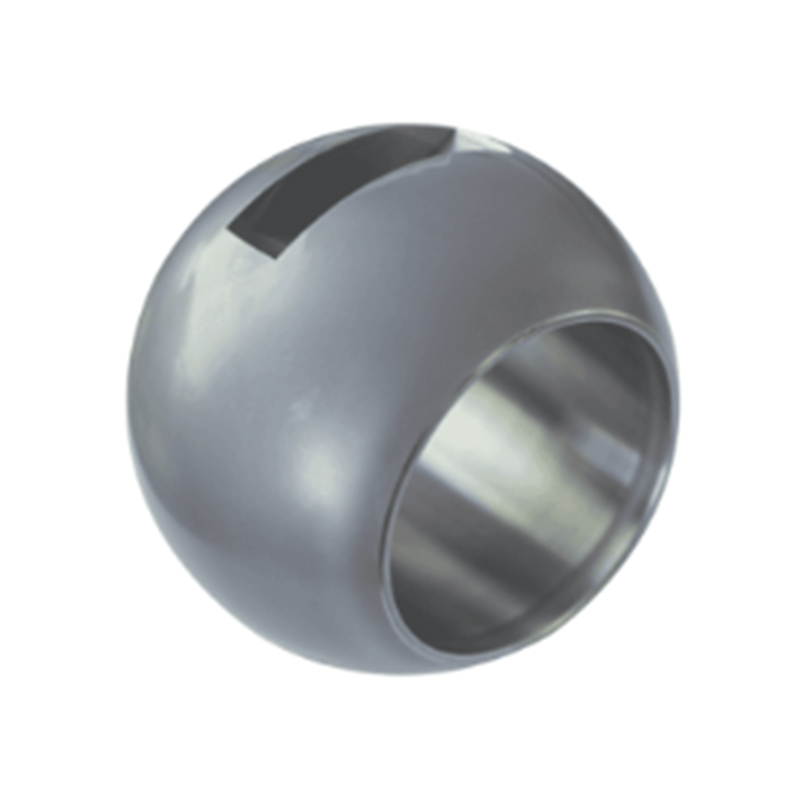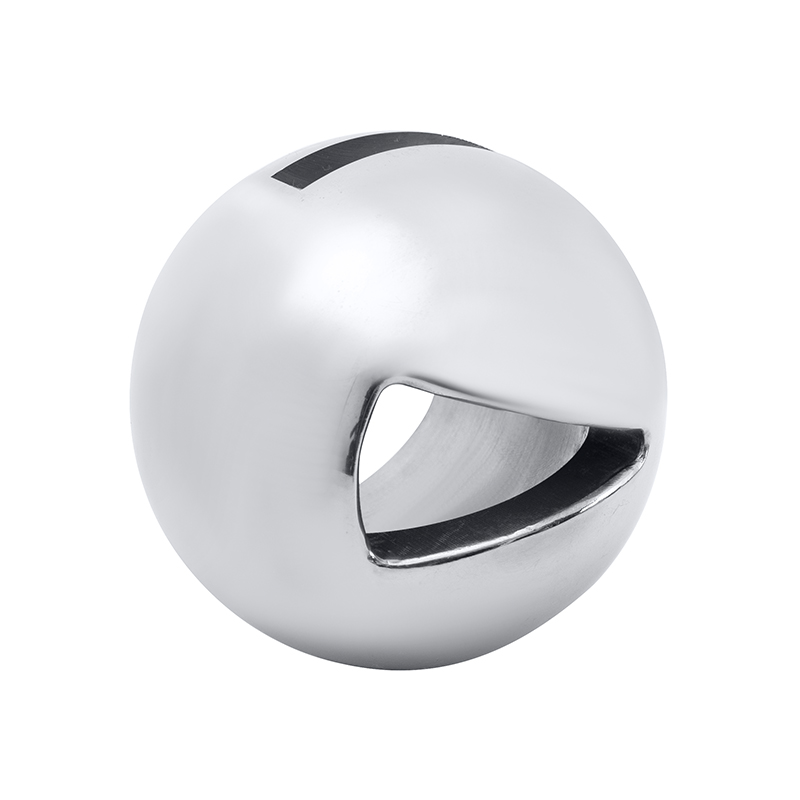In industries that demand cleanliness, precision, and chemical resistance—such as pharmaceuticals, water treatment, food processing, and chemical manufacturing, maintaining the integrity of valve components is crucial. Among these, PVC three way ball valves and backflow preventer ball valves play essential roles in controlling flow and preventing contamination. To ensure reliable operation and longevity of these valves, it is important to implement standardized and effective cleaning procedures, particularly for high-purity applications where even microscopic contaminants can compromise the system.

Understanding the Function of Valve Balls
Valve balls in both PVC three way ball valves and backflow preventer ball valves act as key elements in flow control. In a PVC three way ball valve, the internal ball has a port through it, allowing fluid to flow in different directions based on how the handle is turned. It enables diversion, mixing, or shut-off functions. Backflow preventer ball valves, on the other hand, are designed to prevent reverse flow, thereby ensuring the fluid moves in a single direction without contamination or back-pressure damage.
The valve balls in both types of valves must be kept clean and smooth to function effectively. Residues, scaling, or debris on the ball surface or seat can advance to leakage, resistance to movement, or failure to seal.
Materials Considerations
PVC (polyvinyl chloride) valves are often chosen for their resistance to corrosion, chemical attack, and lightweight design. However, they are also sensitive to aggressive cleaning agents and physical abrasion. This requires that cleaning methods be effective but gentle enough not to damage the valve’s internal surfaces.
Recommended Cleaning Procedures
The following steps outline a practical and controlled approach to cleaning valve balls used in PVC three way ball valves and backflow preventer ball valves.
1. Disassembly
Before cleaning begins, ensure the valve is properly isolated from the system and depressurized. Carefully disassemble the valve, following standard mechanical procedures. Remove the valve ball and inspect for wear, damage, or chemical residue. For three way valves, take note of the port orientation to ensure accurate reassembly.
2. Initial Rinse
Use deionized (DI) water or a mild pH-neutral solution to rinse off loose particles and initial residues. Avoid high-pressure sprays that could damage delicate parts. For backflow preventer ball valves, flushing from the inlet side mimics the natural flow direction and helps dislodge contaminants efficiently.
3. Soaking
Submerge the valve ball and internal components in a cleaning solution suitable for PVC materials. A mix of warm deionized water and mild detergent is generally effective. The soaking period typically ranges from 15 to 30 minutes, depending on the level of buildup.
Avoid strong acids, solvents, or alkalis that may degrade PVC or rubber seals.
4. Gentle Scrubbing
Using a soft nylon brush or non-abrasive pad, gently scrub the valve ball surface to remove residues. Pay special attention to the sealing surfaces and any machined grooves. For three way PVC valves, check all port channels for obstructions.
5. Rinsing and Inspection
Thoroughly rinse all components with clean DI water to remove any detergent or loosened debris. After rinsing, visually inspect the ball and valve body for clarity, surface condition, and any signs of wear or discoloration. Avoid using compressed air to dry PVC parts, as static charges may attract new dust particles.
6. Drying
Allow components to air dry in a clean, controlled environment. Use lint-free wipes to accelerate the drying process if necessary, but avoid wiping sealing surfaces directly to prevent lint deposits.
7. Reassembly and Lubrication
After the parts are fully dry, reassemble the valve. If lubrication is required, use only lubricants that are compatible with PVC and meet the cleanliness standards of your application (such as NSF-approved or food-grade lubricants). Ensure all seals are properly seated and the ball rotates freely without resistance.
8. Functional Testing
Once reassembled, perform a leak test and operational check under low pressure. This verifies the seal integrity and confirms that the valve ball is correctly positioned and responsive.
9. Maintenance Frequency
Cleaning frequency depends on the specific operating environment. For systems handling clean water or mild chemicals, periodic cleaning every few months may be sufficient. However, in high-purity or high-deposit environments, more frequent inspections and cleanings are advised. Establishing a preventive maintenance schedule ensures reliable performance and reduces the risk of failure or downtime.
10. Final Considerations
When working with PVC three way ball valves and backflow preventer ball valves, the key is balancing effective cleaning with material safety. Avoid aggressive techniques that can scratch or degrade surfaces, and always use compatible cleaning solutions. A well-maintained valve not only protects the system from contamination but also extends the service life of the entire pipeline.
By implementing these cleaning procedures, operators can ensure that their high-purity systems remain reliable, efficient, and compliant with quality standards.

 English
English Español
Español Deutsch
Deutsch
